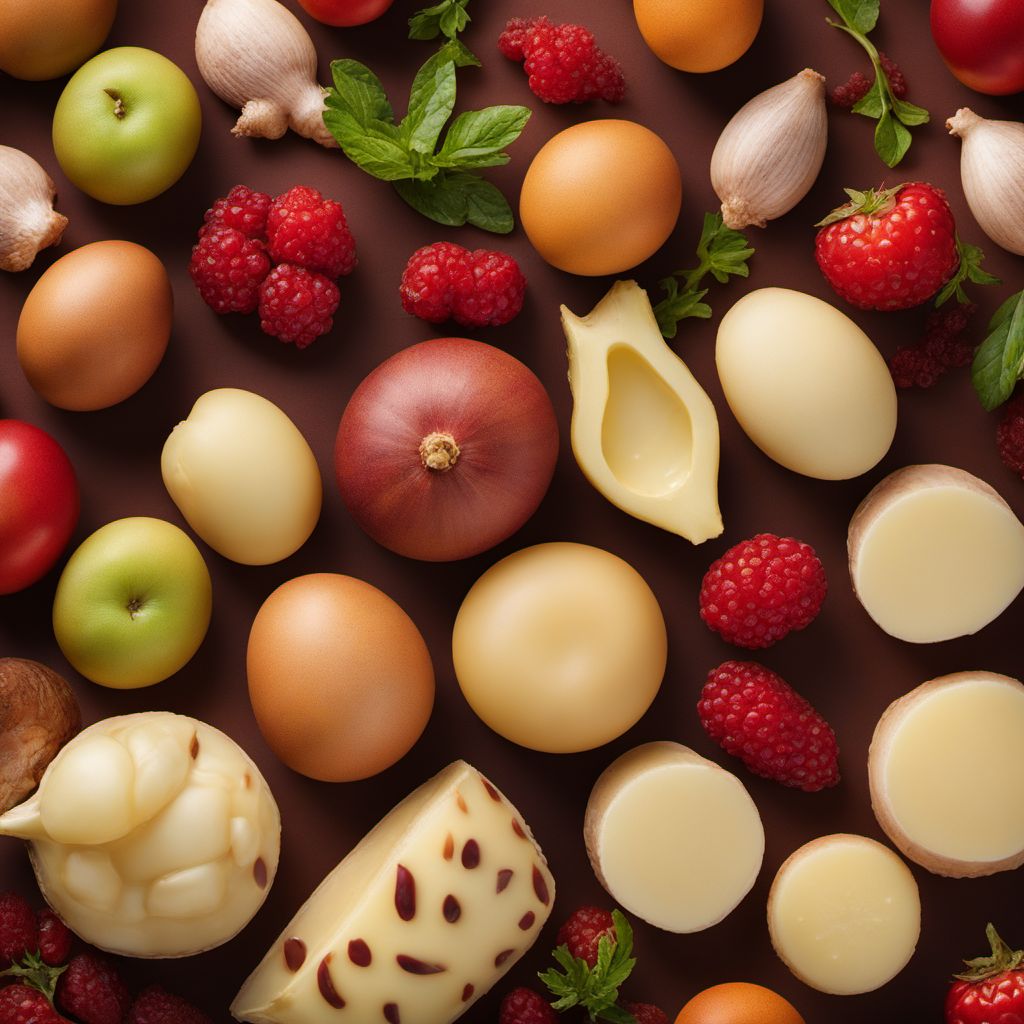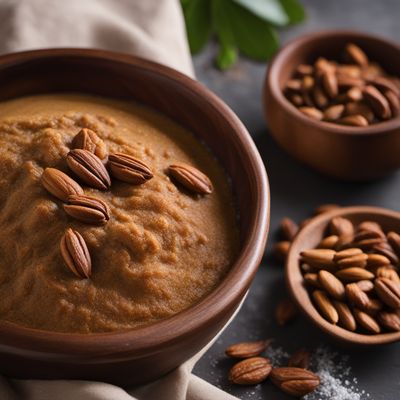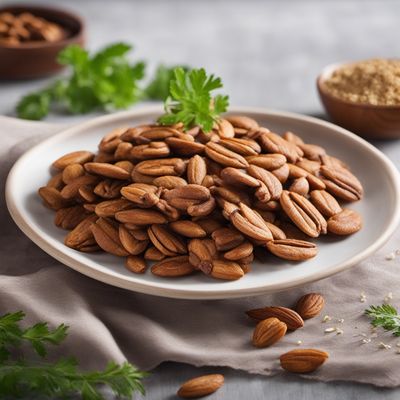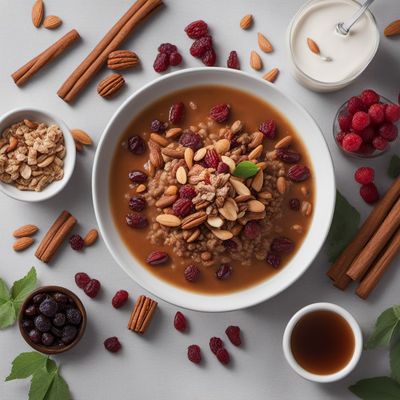
Ingredient
Animal fresh fat tissues
Luscious Animal Fats
Animal fresh fat tissues, such as lard and tallow, are derived from various animals and are known for their high fat content, creamy texture, and distinct flavor. They add depth and richness to both savory and sweet recipes, making them a staple in many cuisines around the world.
Origins and history
Animal fats have been used in cooking for centuries, with different cultures utilizing fats from animals like pigs, cows, and ducks. They have played a significant role in traditional dishes, providing flavor, moisture, and texture to various recipes. Animal fats have been valued for their ability to withstand high heat and impart a unique taste to dishes.
Nutritional information
Animal fresh fat tissues are a concentrated source of calories, providing approximately 9 calories per gram. They contain varying amounts of saturated and unsaturated fats, which contribute to their texture and flavor. While they are high in fat, they also contain essential fatty acids and fat-soluble vitamins.
Allergens
Animal fresh fat tissues may contain allergens such as proteins from the animal source, which can trigger allergic reactions in individuals with specific sensitivities. It is important to be cautious and aware of any known allergies before consuming dishes prepared with animal fats.
How to select
When selecting animal fresh fat tissues, look for products that are fresh, with no signs of rancidity or off-putting odors. Opt for fats that are pure and free from additives or preservatives. If possible, choose fats from animals that have been raised in a healthy and sustainable manner.
Storage recommendations
To maintain the freshness and quality of animal fresh fat tissues, store them in airtight containers or wrap them tightly in plastic wrap or foil. Keep them refrigerated to extend their shelf life, or freeze them for long-term storage. Proper storage helps prevent oxidation and the development of off-flavors.
How to produce
Producing animal fresh fat tissues requires specialized knowledge and equipment. It is typically done on a larger scale in professional settings or meat processing facilities. However, individuals can render their own animal fats at home by carefully following proper techniques and safety guidelines.
Preparation tips
Animal fresh fat tissues can be used in various cooking techniques, such as frying, sautéing, roasting, and baking. They are particularly prized for their ability to create flaky and tender pastries, add richness to stews and braises, and impart a delicious flavor to roasted meats and vegetables. When using animal fats, it is important to consider their smoke point and adjust cooking temperatures accordingly.
Culinary uses
Animal fresh fat tissues are widely used in both savory and sweet dishes. They are commonly used for frying foods, making flaky pie crusts, creating flavorful gravies and sauces, and adding richness to soups and stews. Animal fats are also used in traditional dishes like confit, pâté, and lard bread. Their versatility makes them a valuable ingredient in various cuisines around the world.
Availability
Animal fresh fat tissues are commonly available in regions where animal husbandry and meat production are prevalent. They can be found in grocery stores, butcher shops, and specialty markets. The availability may vary depending on the specific type of fat and the cultural preferences of the region.
More ingredients from this category
Recipes using Animal fresh fat tissues » Browse all

Shahi Paneer with Cashews and Saffron
Royal Delight: Creamy Shahi Paneer Infused with Cashews and Saffron

Nanaimo Bars Recipe
Decadent Delights: Indulge in the Irresistible Nanaimo Bars

Kansar - Sweet Wheat Flour Pudding
Divine Delight: Kansar - A Blissful Indian Sweet Treat

Armenian-style Nutty Castagnole
Crunchy Delights: Armenian-inspired Nutty Castagnole

Zimbabwean-style Celebration Bread
Savannah Delight: Zimbabwean-Inspired Celebration Bread

Caucasian Nut Slices
Savory Nutty Delights: A Taste of the Caucasus

Taoist Delight Dessert
Harmony in a Bowl: A Taoist Delight Dessert

Kaju Katli - Cashew Fudge
Velvety Cashew Delight: Kaju Katli Recipe

Newari Paskha - A Fusion of Russian and Newari Flavors
Spiced Rice Paskha: A Fusion Delight of Russian and Newari Cuisine

Maldivian Falooda
Tropical Delight: Maldivian Falooda - A Refreshing Twist on a Classic Indian Dessert

Balochi Sweet Delight
Saffron-infused Balochi Sweet Delight: A Taste of Exotic Indulgence

Vegan Kozinjak
Plant-Based Delight: Vegan Kozinjak - A Croatian Classic Reinvented